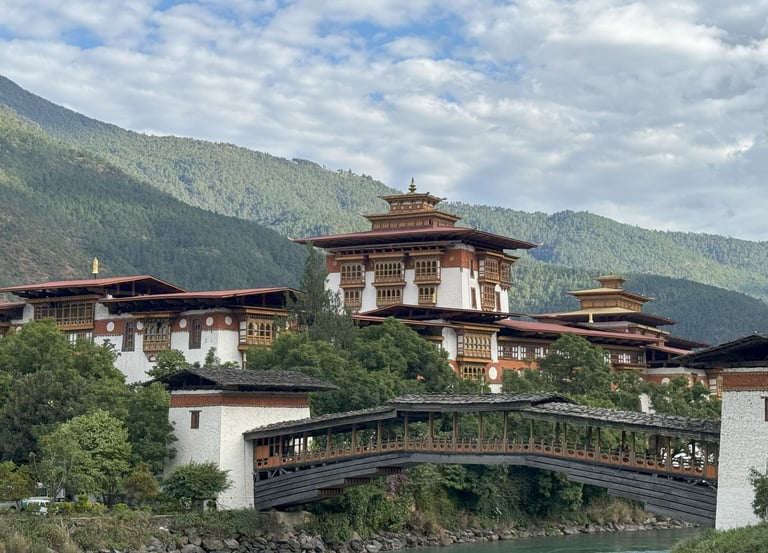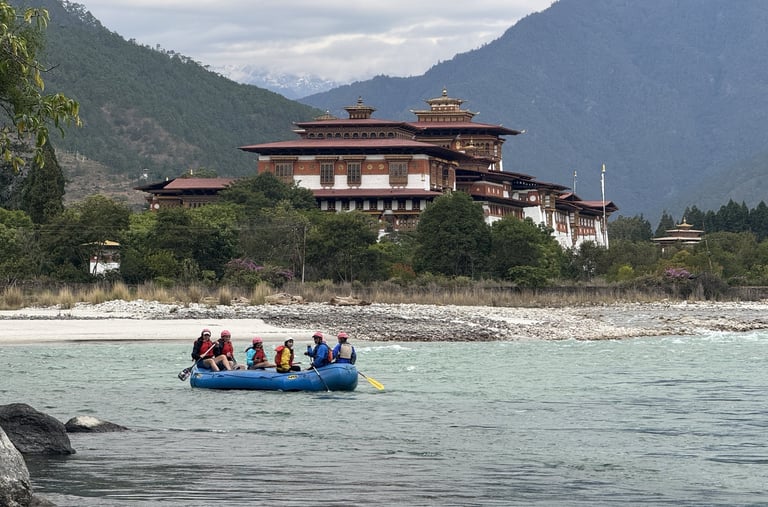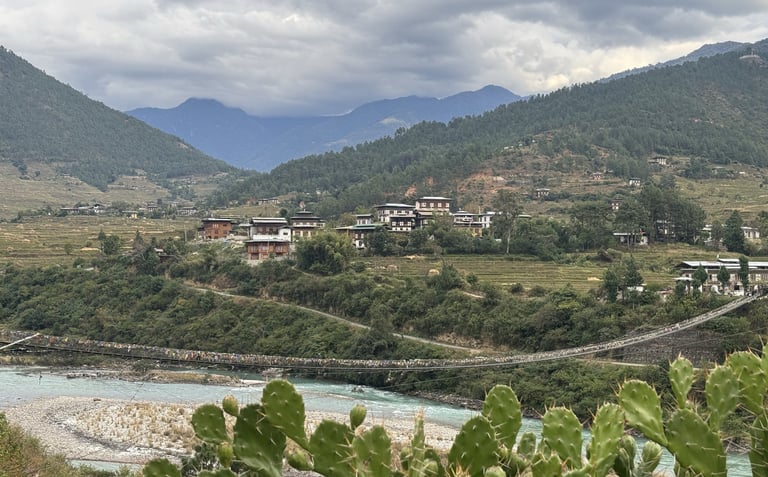
Punakha Dzong
The magnificent architectural marvel
Pelden Adventures
11/27/20242 min read


Discover the Majestic Punakha Dzong: A Jewel of Bhutan
Nestled in the picturesque Punakha Valley, the Punakha Dzong stands as a testament to Bhutan's rich cultural heritage and architectural prowess. Known as the "Palace of Great Happiness or Bliss," this magnificent dzong is the second oldest and second largest in Bhutan.
A Glimpse into History
Constructed by Ngawang Namgyal, the 1st Zhabdrung Rinpoche, in 1637-38, Punakha Dzong has been a pivotal center for both religious and administrative activities. It served as the seat of the government until 1955 and continues to be the winter residence of the Central Monastic Body.
Natural Surroundings
Located at the confluence of the Pho Chhu (Male) and Mo Chhu (Female) rivers, the dzong is surrounded by lush greenery and blooming jacaranda trees in the spring. The healthy climate of the region makes Punakha an ideal winter capital of Bhutan. Visitors can also explore the nearby Punakha Suspension Bridge, one of Bhutan's longest suspension bridges, and the Chimi Lhakhang, a temple dedicated to the Divine Madman.
Visiting Punakha Dzong
When traveling to Punakha, it is wise to dress in layers, as the temperature may vary throughout the day.


Architectural Marvel
The dzong's architecture is a stunning example of traditional Bhutanese design, with white walls, red woodcarvings, and gilded roofs. It features three courtyards, a rarity among Bhutanese dzongs, and houses numerous artistic buildings, each serving a unique function. The dzong is also home to sacred relics of the southern Drukpa Lineage of the Kagyu school of Tibetan Buddhism, including the Rangjung Karsapani and the preserved remains of Ngawang Namgyal.
Comfortable walking shoes are also recommended, given the rocky terrain and the need to navigate the rustic paths leading up to the bridge. Additionally, considering the cultural significance, travelers should approach the area with respect, refraining from loud activities and maintaining a peaceful demeanor.
Why Visit?
Punakha Dzong is more than just a historical site; it is a living testament to Bhutan's spiritual and cultural heritage. Whether you're an architecture enthusiast, a history buff, or simply someone who appreciates natural beauty, Punakha Dzong offers a unique and enriching experience.



